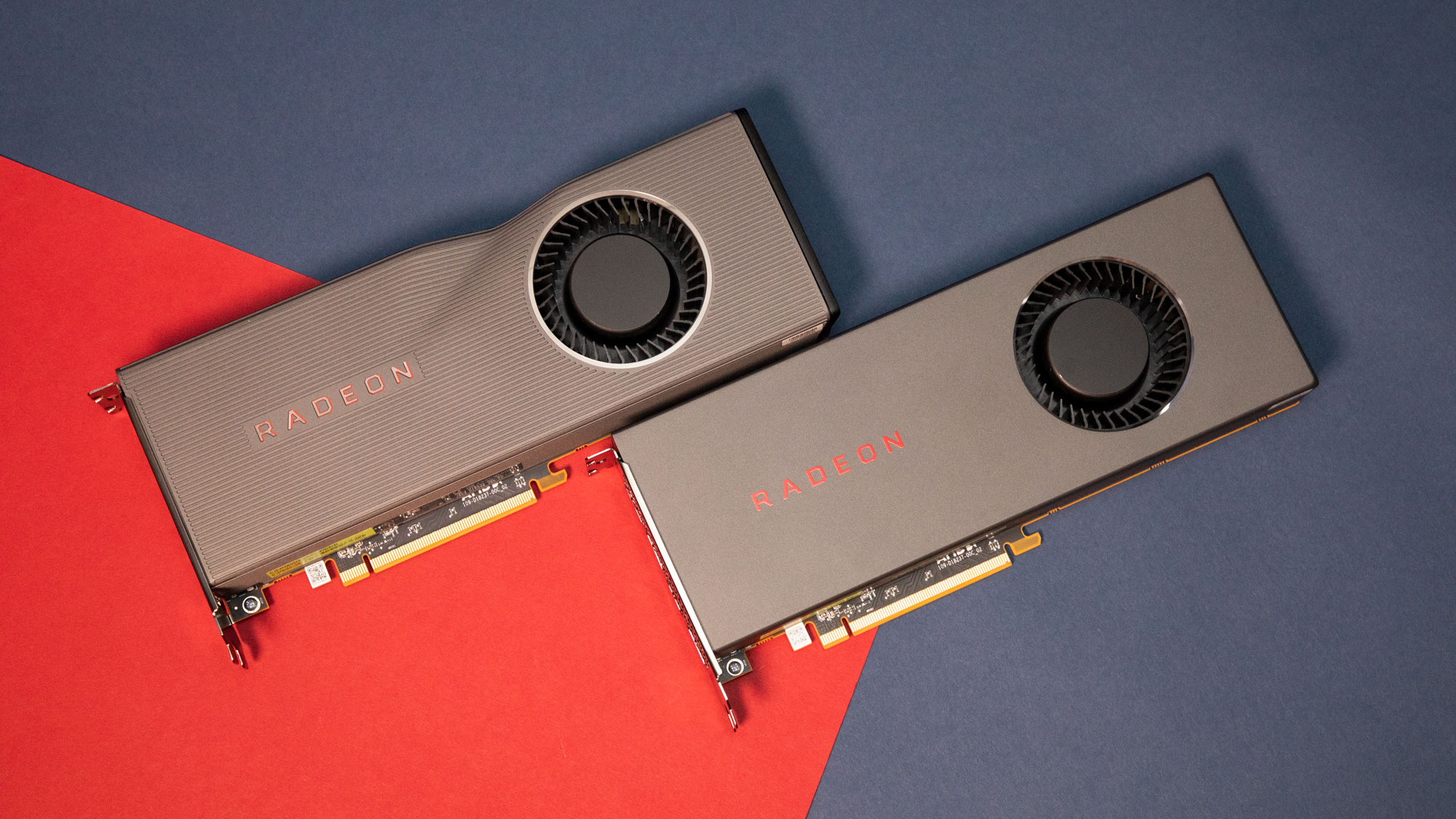First aftermarket AMD Navi graphics cards won't be cheaper than AMD models
They'll be starting at the same price

Back when the AMD Radeon RX 5700 XT and RX 5700 launched on July 7, we praised them for offering excellent value, even after Nvidia tried to beat AMD in pricing. And, while that's still definitely the case, you shouldn't expect to be able to pick up a third-party AMD Navi card for cheaper than AMD's reference models.
This was pretty much confirmed when PowerColor, one of the biggest aftermarket manufacturers of AMD graphics cards, posted on Facebook, advertising its variations on the RX 5700 XT, starting at $399 (about £320, AU$570).
That's the same price as the reference card, which launched at the same $399 (about £320, AU$570). The AMD Radeon RX 5700 will likely follow in the same footsteps.
- Take a journey through the wonderful world of PC components
- Pair the 5700 XT with the AMD Ryzen 9 3900X
- Check out the best motherboards
Now, historically speaking, this isn't super out of the ordinary. A GPU manufacturer would release its reference design for a graphics card, and then the third party manufacturers would release entry-level cards that match it, with more enthusiast-class graphics cards featuring a higher price.
However, starting with Nvidia's pascal cards, that started to change. Team Green released its Founders Editions of 10-series cards like the Nvidia GeForce GTX 1080 Ti, charging more than its reference design. This ultimately culminated in the huge prices of the RTX 2080 Ti.
So, long story short, it's not very surprising that the aftermarket AMD Navi graphics cards would start at the same MSRP as the reference designs. And, while it does mean you can't snag a great deal on a cheap third party card, it does mean that the pricing is a lot less confusing.
- Check out the best gaming PCs
Get daily insight, inspiration and deals in your inbox
Sign up for breaking news, reviews, opinion, top tech deals, and more.
Bill Thomas (Twitter) is TechRadar's computing editor. They are fat, queer and extremely online. Computers are the devil, but they just happen to be a satanist. If you need to know anything about computing components, PC gaming or the best laptop on the market, don't be afraid to drop them a line on Twitter or through email.
